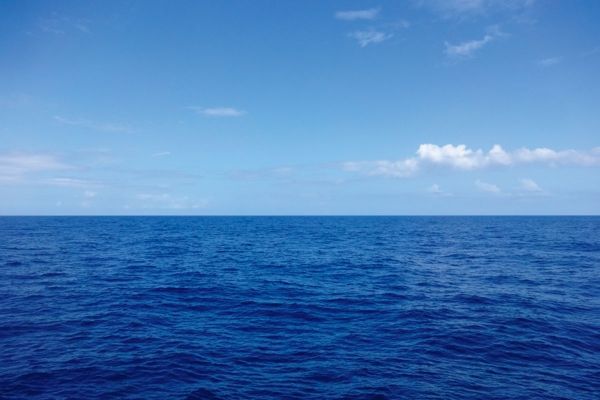El Niño is a phenomenon in which the surface temperature in the equatorial area of the Pacific Ocean remains higher than in normal years for an extended period. A key element found in the process of exploring the mechanism of this phenomenon is how the atmosphere and the ocean interact with each other. Professor Yukio Masumoto, a specialist in the physics of atmospheric and ocean circulation, outlines his research into climate variability that continues to take place even today between the blue atmosphere and the ocean.
Pale blue (tansei) is the color of the ocean. It is also the color of the atmosphere. Climate variability takes place where these two shades of blue overlap. In climate variability, the ocean and atmosphere play leading roles as two different fluids that influence each other and connect to form a single large structure that slowly develops over the course of months, years and decades. Climate variability is made up of the repetition of changes – such as in air and water temperature, wind and currents, as well as precipitation – that spontaneously appear and disappear as the Earth’s natural rhythms. The perpetual rhythms underlie extreme weather events such as the “cold summer” and “time of drought” immortalized by poet and author Kenji Miyazawa [in his poem “Ame ni mo makezu (Be not Defeated by the Rain)”], and that we humans are at their mercy hardly bears mentioning. So why and how does this climate variability occur? When, where and in what manner will it take place? Can this be predicted? I have been considering such questions in my research.
Continue reading at University of Tokyo
Image via University of Tokyo


